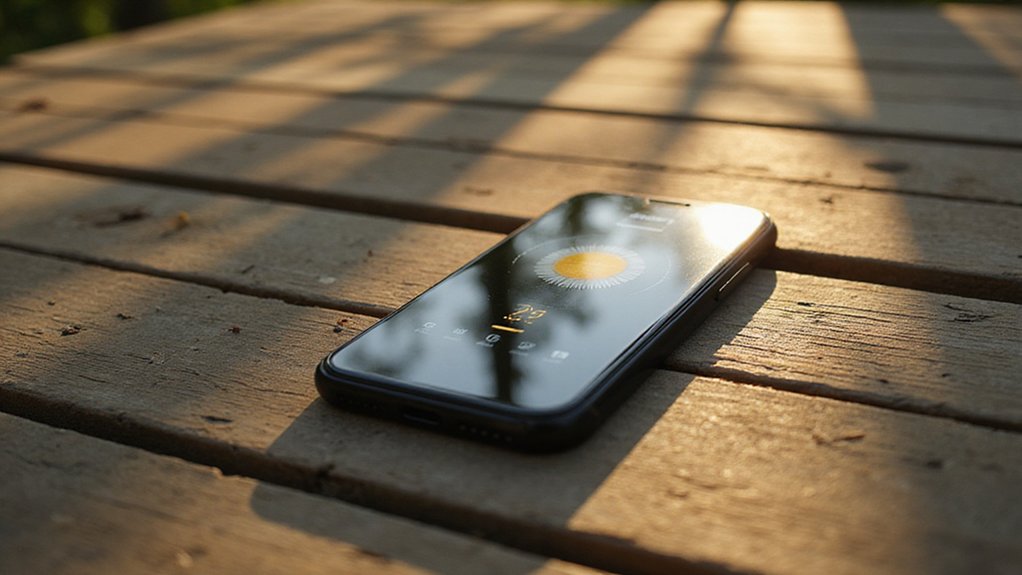How does one quantify the ideal amount of sunlight needed to synthesize vitamin D without risking melanoma—and why does it require an app from the former Twitter CEO?
Jack Dorsey’s Sun Day app represents a curious intersection of wellness technology and environmental monitoring, tracking UV exposure to estimate vitamin D synthesis through real-time data integration. Rather than merely encouraging users to “touch grass”—that ubiquitous internet meme urging outdoor activity—the application provides quantitative analysis of sun exposure duration, UV index readings, and personalized burn limits based on skin type classifications.
Digital wellness meets ancient sunbathing—algorithmic precision applied to humanity’s most fundamental relationship with natural light.
The beta release, available through iOS TestFlight with open-source GitHub collaboration, requires manual input for tracking sessions. Users must actively toggle exposure monitoring while providing data points including skin type (selected from six categories), age, clothing coverage, and geographic location. The system integrates Apple Health records and historical vitamin D data, though it significantly lacks automatic ambient light detection—a limitation that underscores the manual nature of this supposedly sophisticated tracking mechanism.
Beyond simple outdoor encouragement, Sun Day calculates maximum safe exposure times and post-session vitamin D production estimates. The interface displays current UV indices, daily highs, and sunrise/sunset times, targeting users with limited sun exposure, darker skin tones, or residence in low-UV regions. Future updates promise integration of height, weight, seasonal variables, and actual blood test data—suggesting ambitions toward thorough metabolic monitoring.
Developed using AI-powered tools like Goose (Dorsey’s coding assistant), the application reflects broader digital wellness trends while maintaining conservative safety estimates. The app follows Dorsey’s recent pattern of app-building initiatives, having been released after his previous project Bitchat. The name itself hints at playful encouragement, though the underlying functionality extends beyond metaphorical nudging toward actionable health metrics. Given vitamin D’s role as a hormone, the app’s focus on synthesis tracking addresses multiple health dimensions from immune function to mental well-being.
Public reception highlights this duality: while some media emphasize the manual tracking limitations compared to automatic UV sensors, others recognize the practical utility amid rising interest in personalized wellness technologies. Users must remember that the app’s recommendations should not replace professional medical advice, as cryptocurrency-style investment risks apply to health decisions—complete loss of well-being is possible when making uninformed choices about personal health management.
The app embodies a peculiar contradiction—leveraging sophisticated environmental data processing to fundamentally tell users what humans have instinctively known for millennia, albeit with algorithmic precision and liability-conscious safety margins. Whether this constitutes meaningful health innovation or elaborate digital choreography around basic outdoor activity remains a matter of interpretation.









